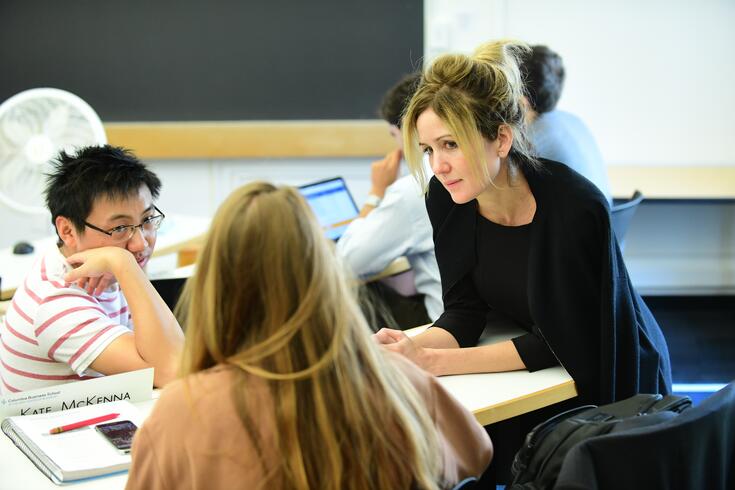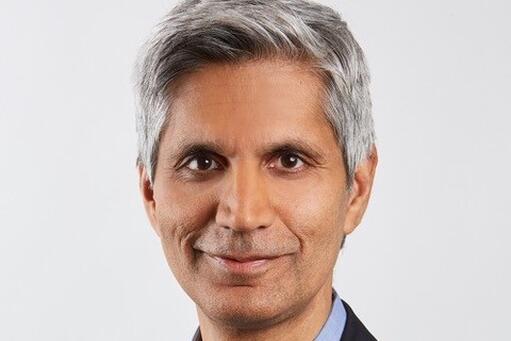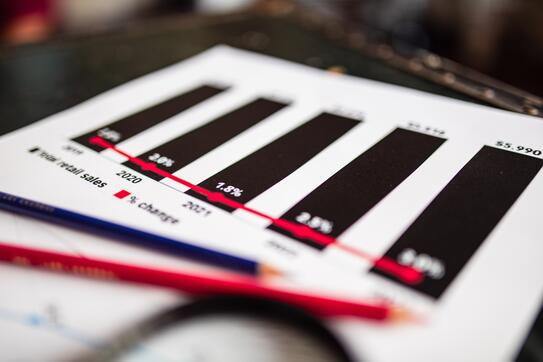Why Giving Shoppers an Easy Way to Return Items Has Become Retail Gold
Mentioned Faculty (1)

Matthew Quint
Matthew Quint is Director of the Center on Global Brand Leadership. Matthew researches, writes, and presents on a wide range of issues critical to building a strong brand. His expertise is in marketing ROI, strategies for marketing in the digital age, and the development of creative and effective brand communications. He is also the producer and host of the Center's BRITE conference.















